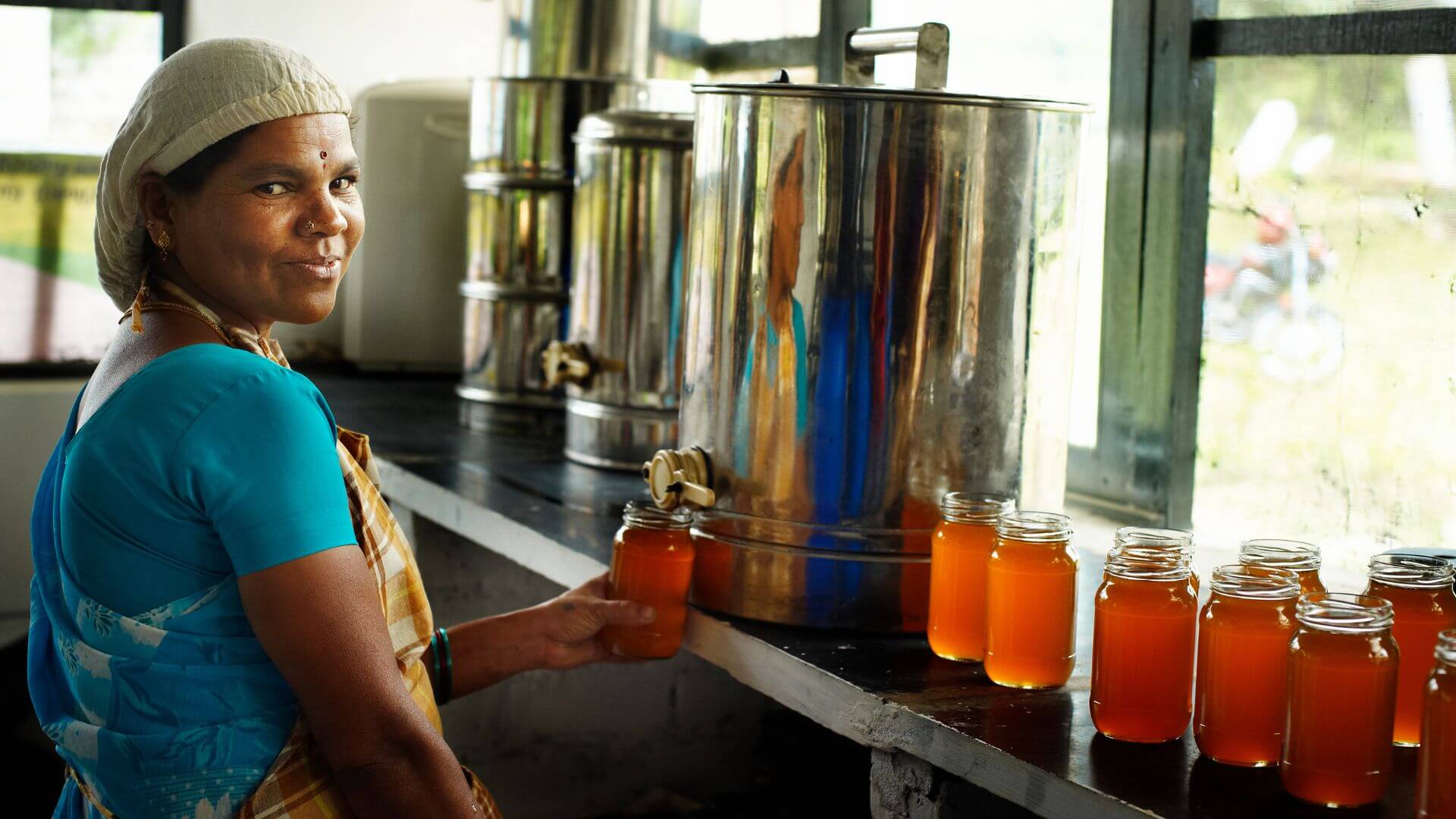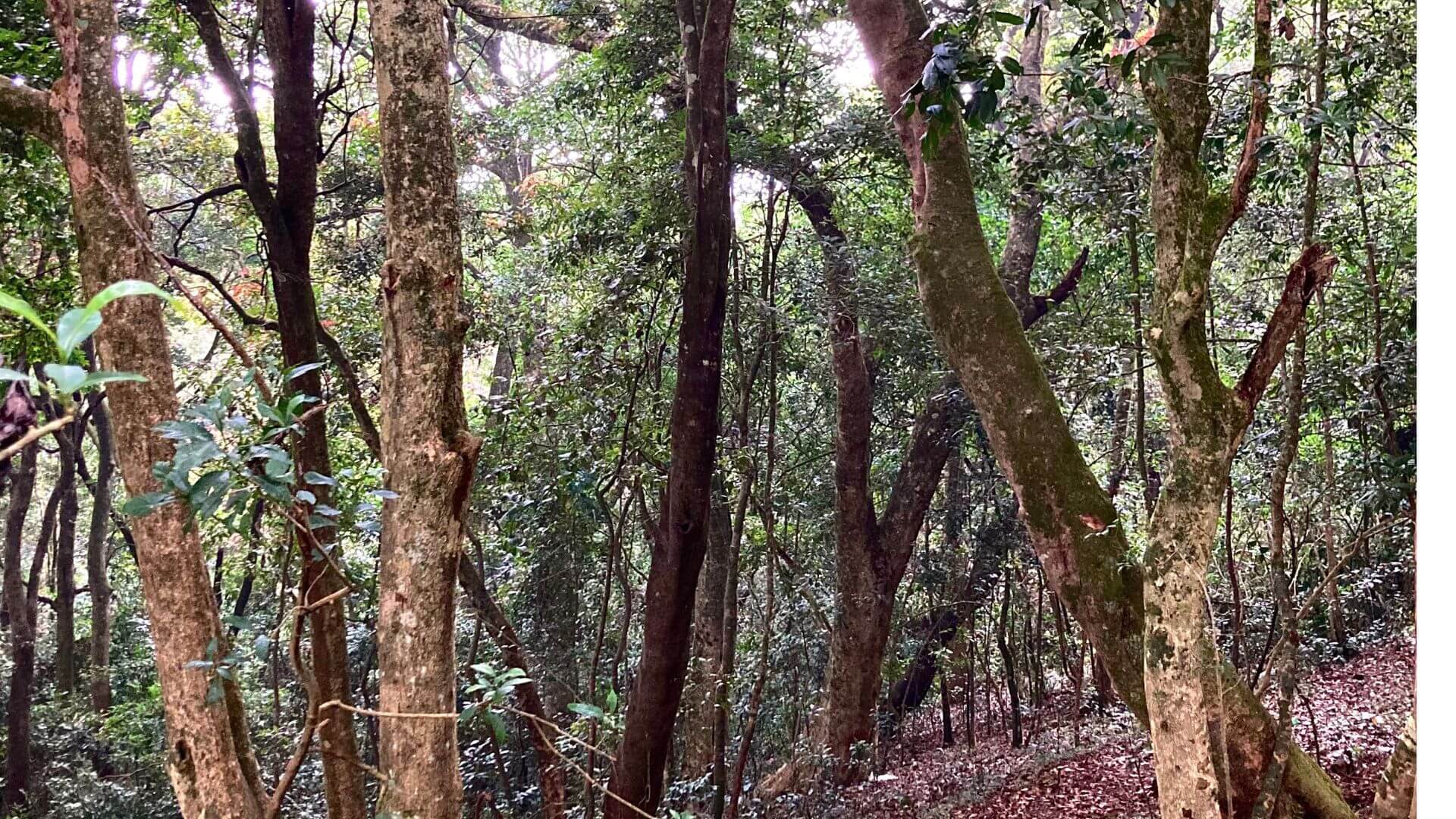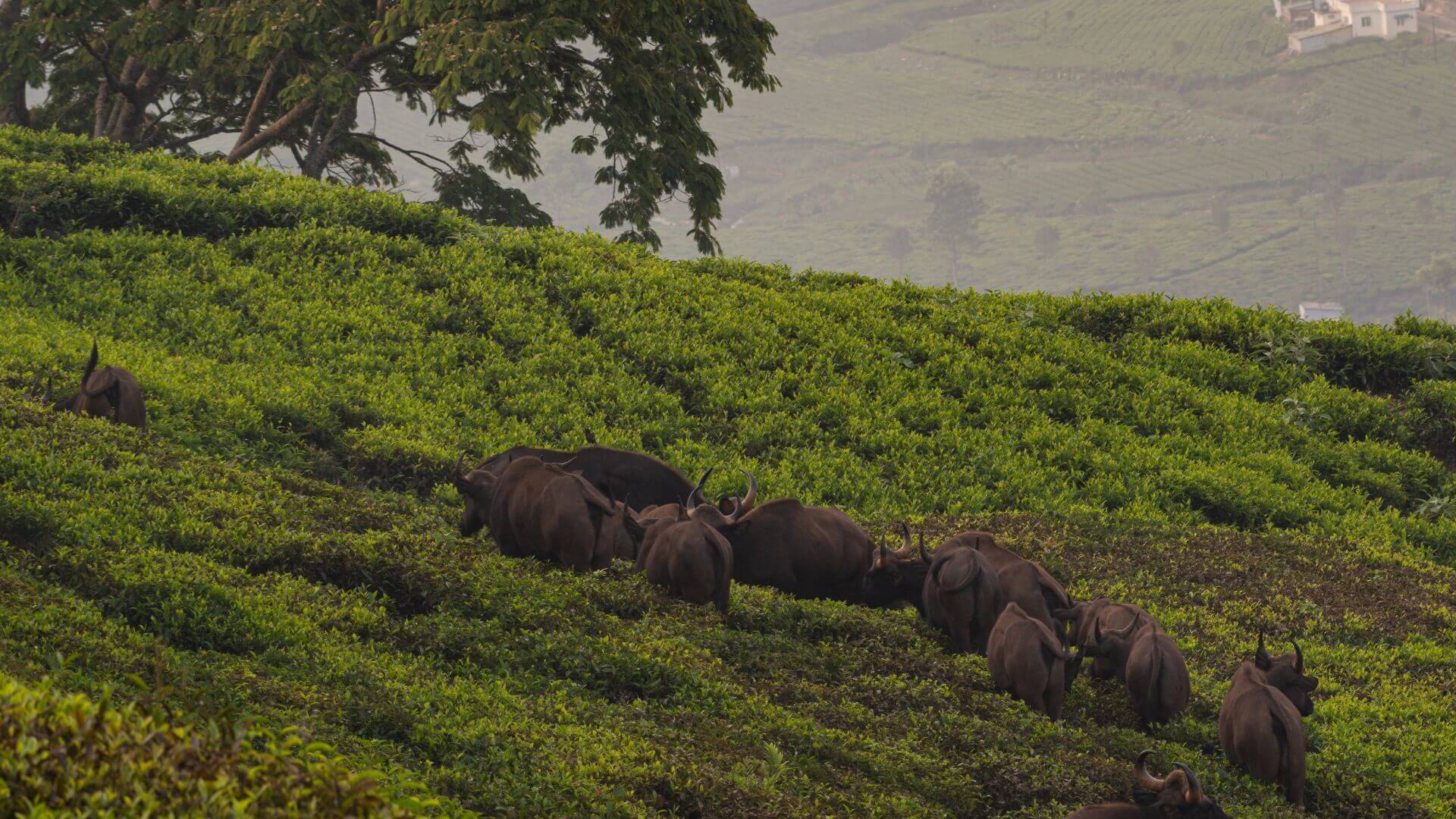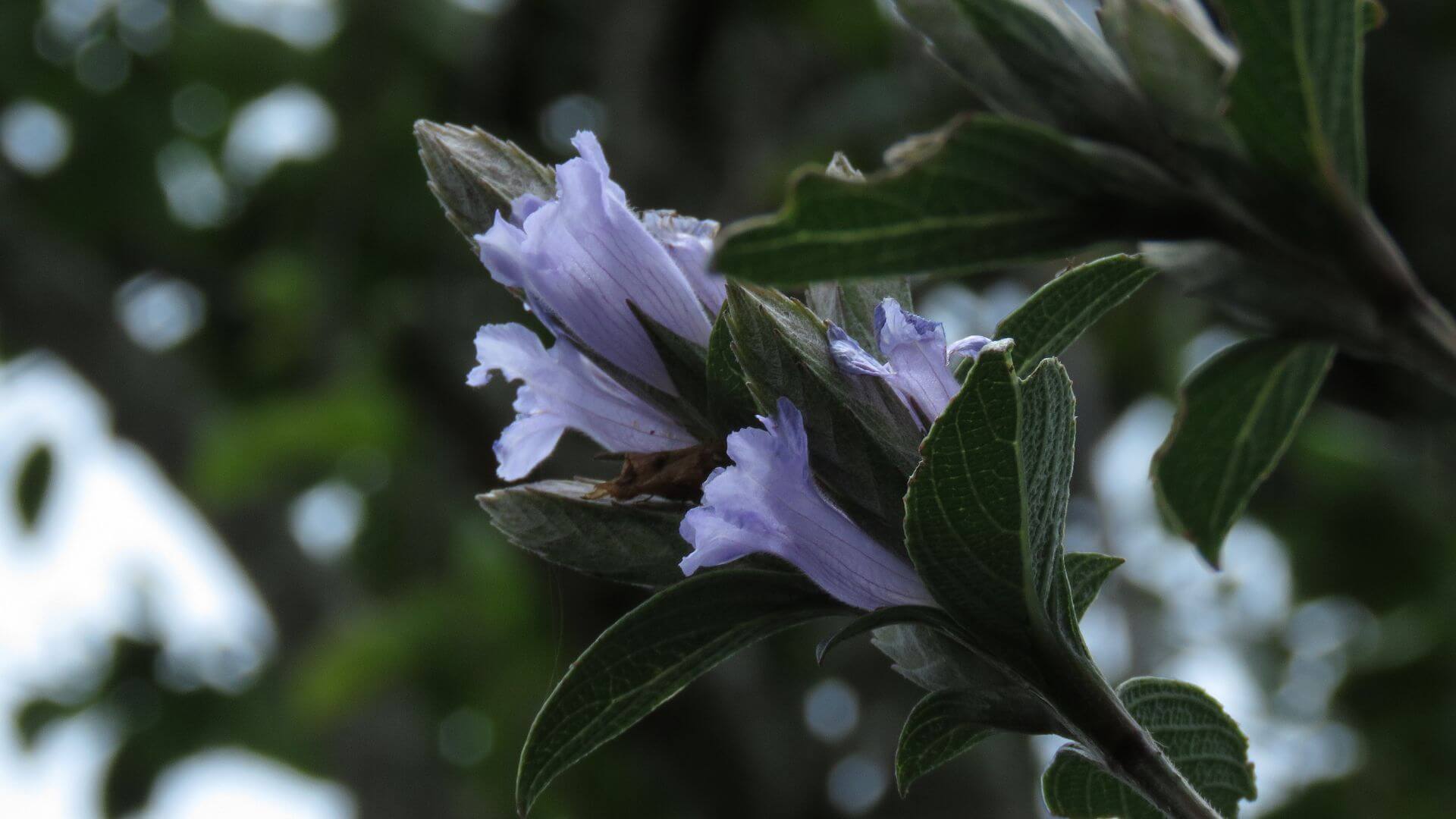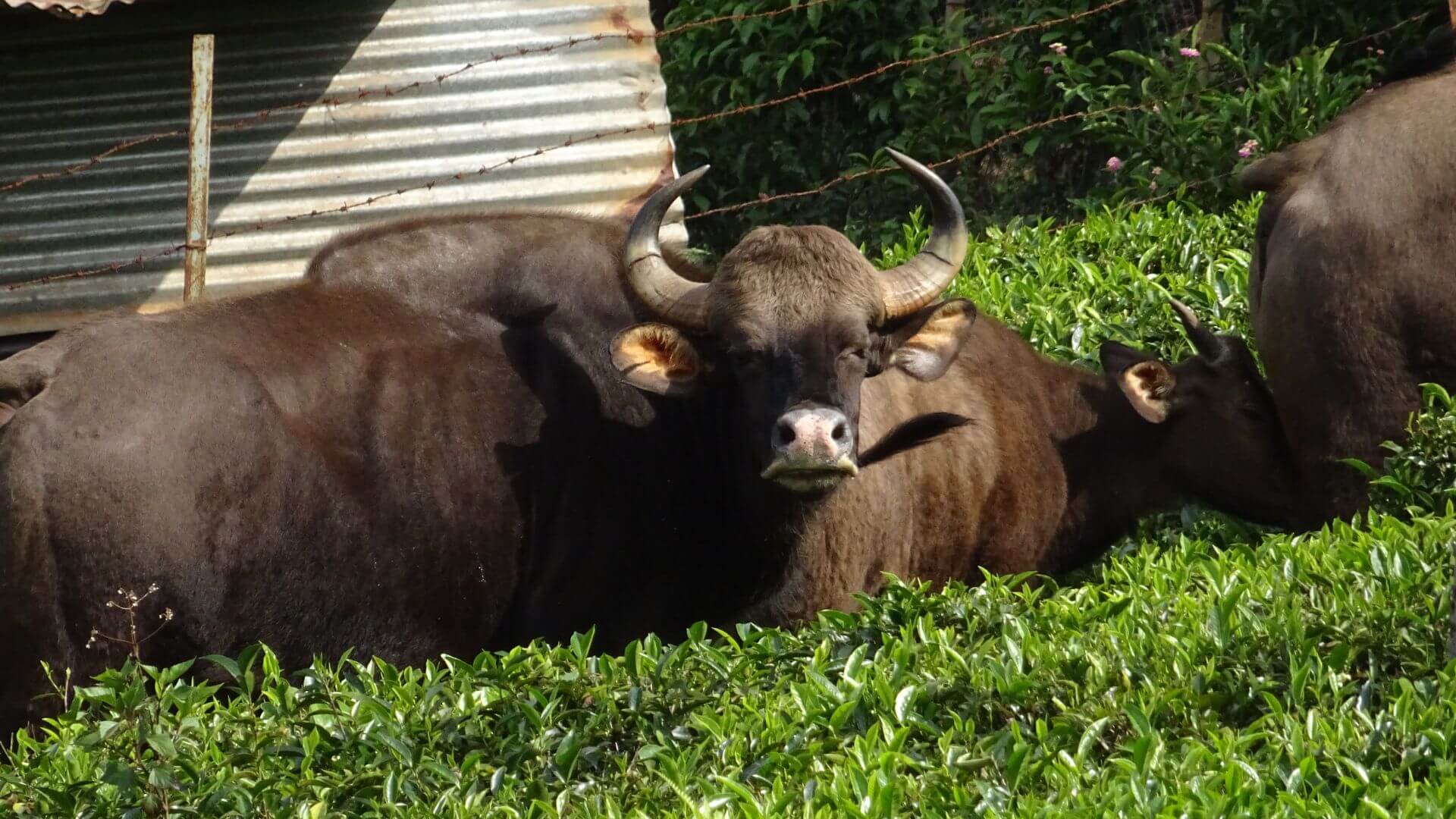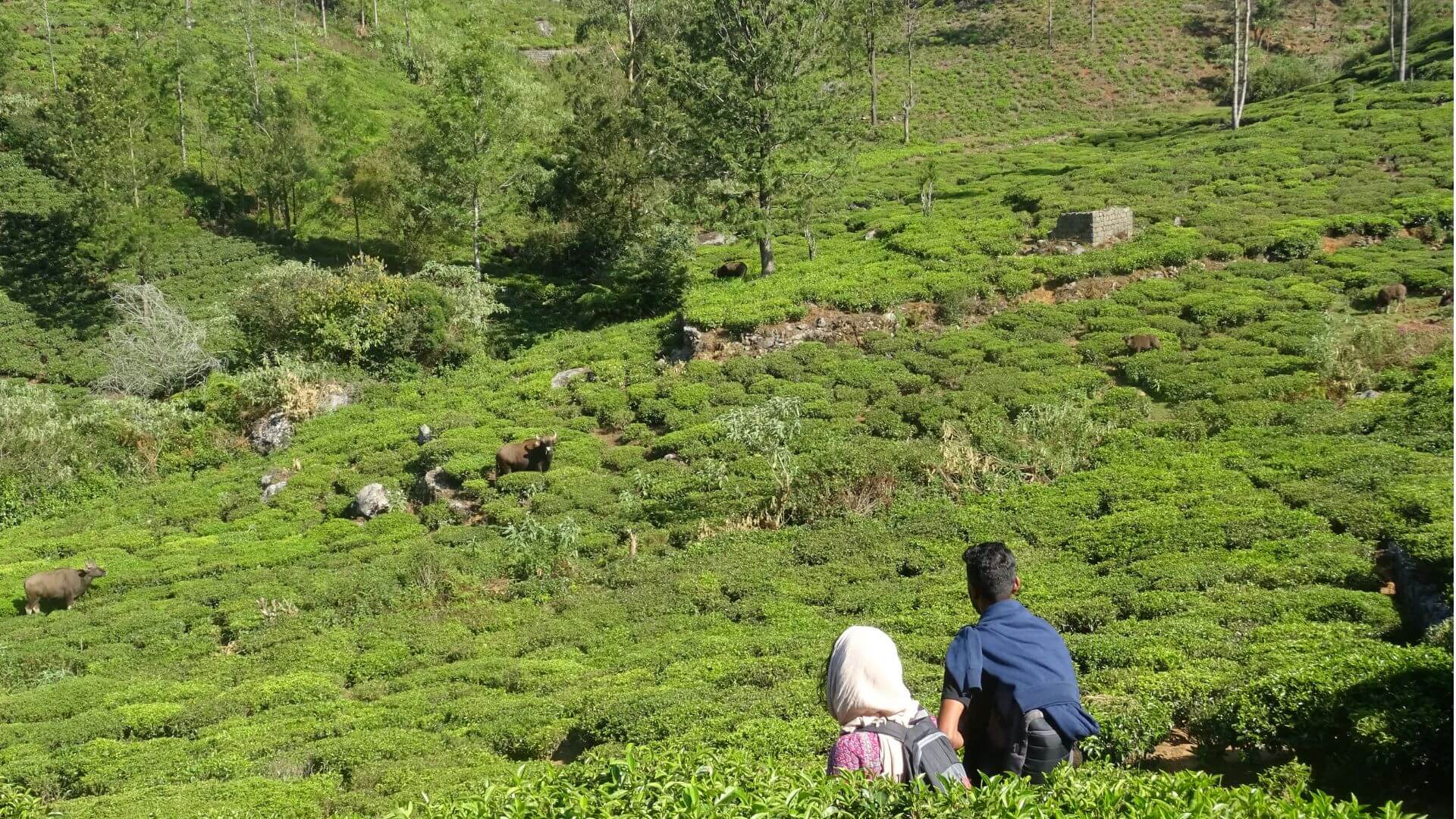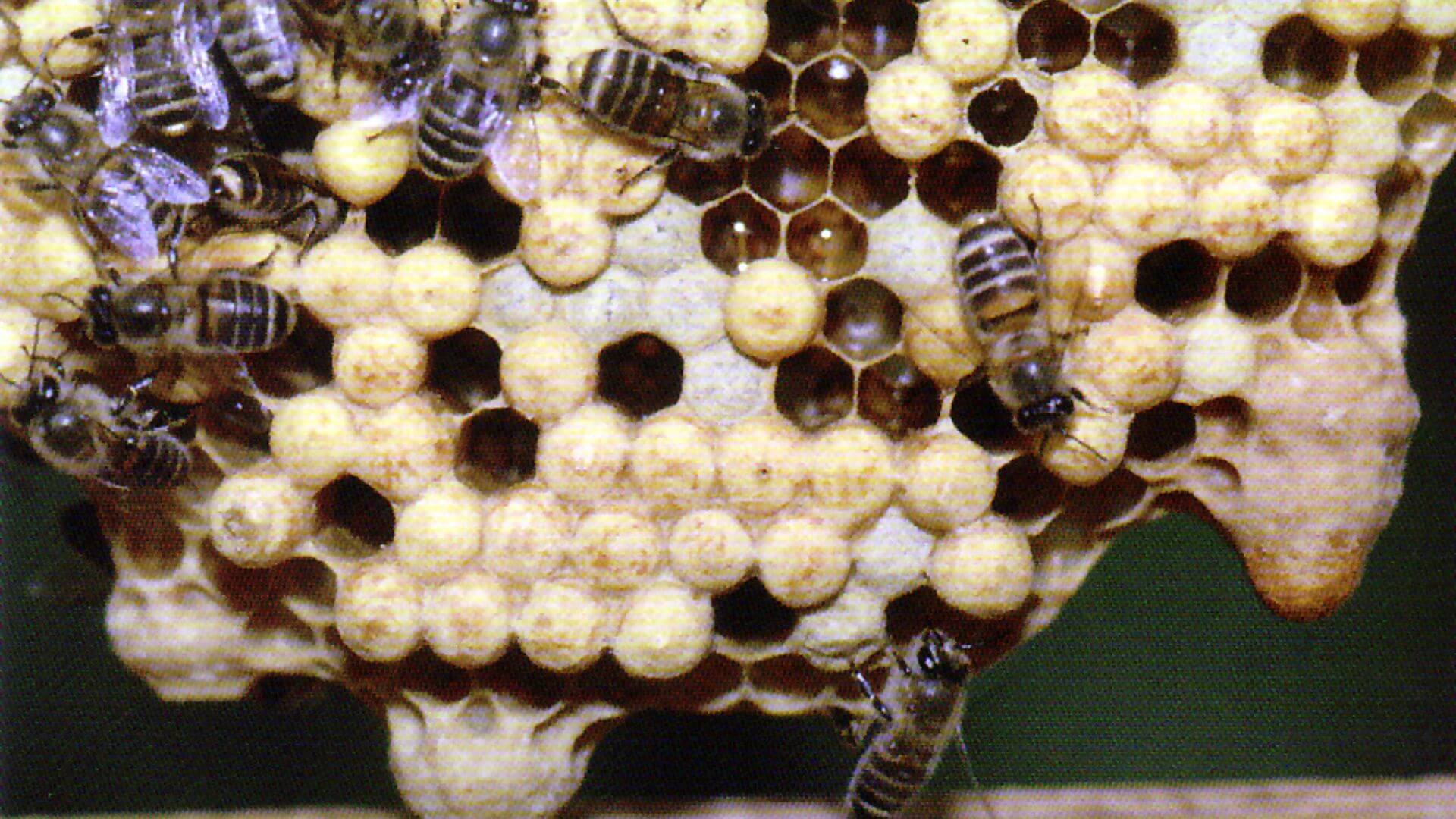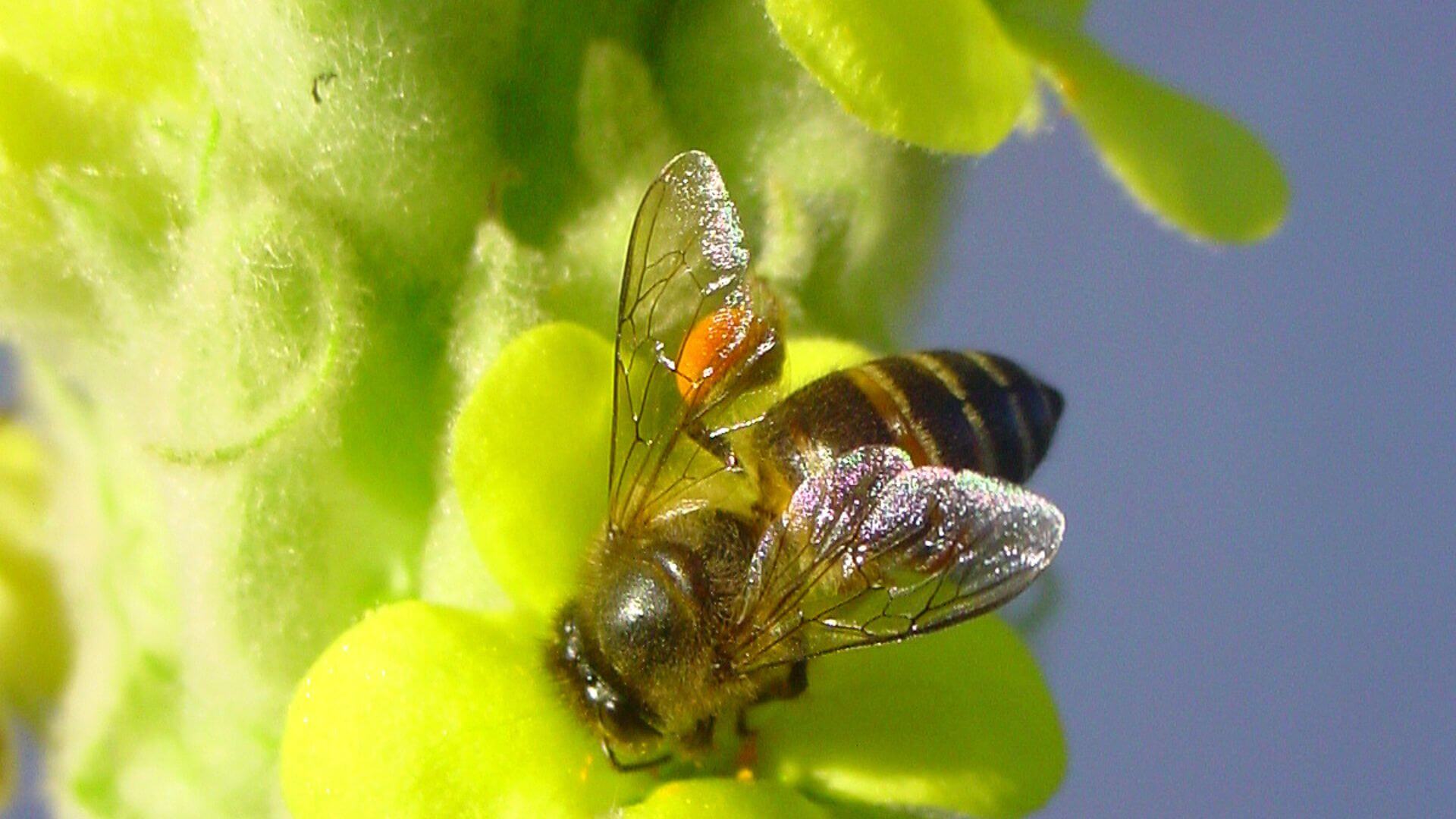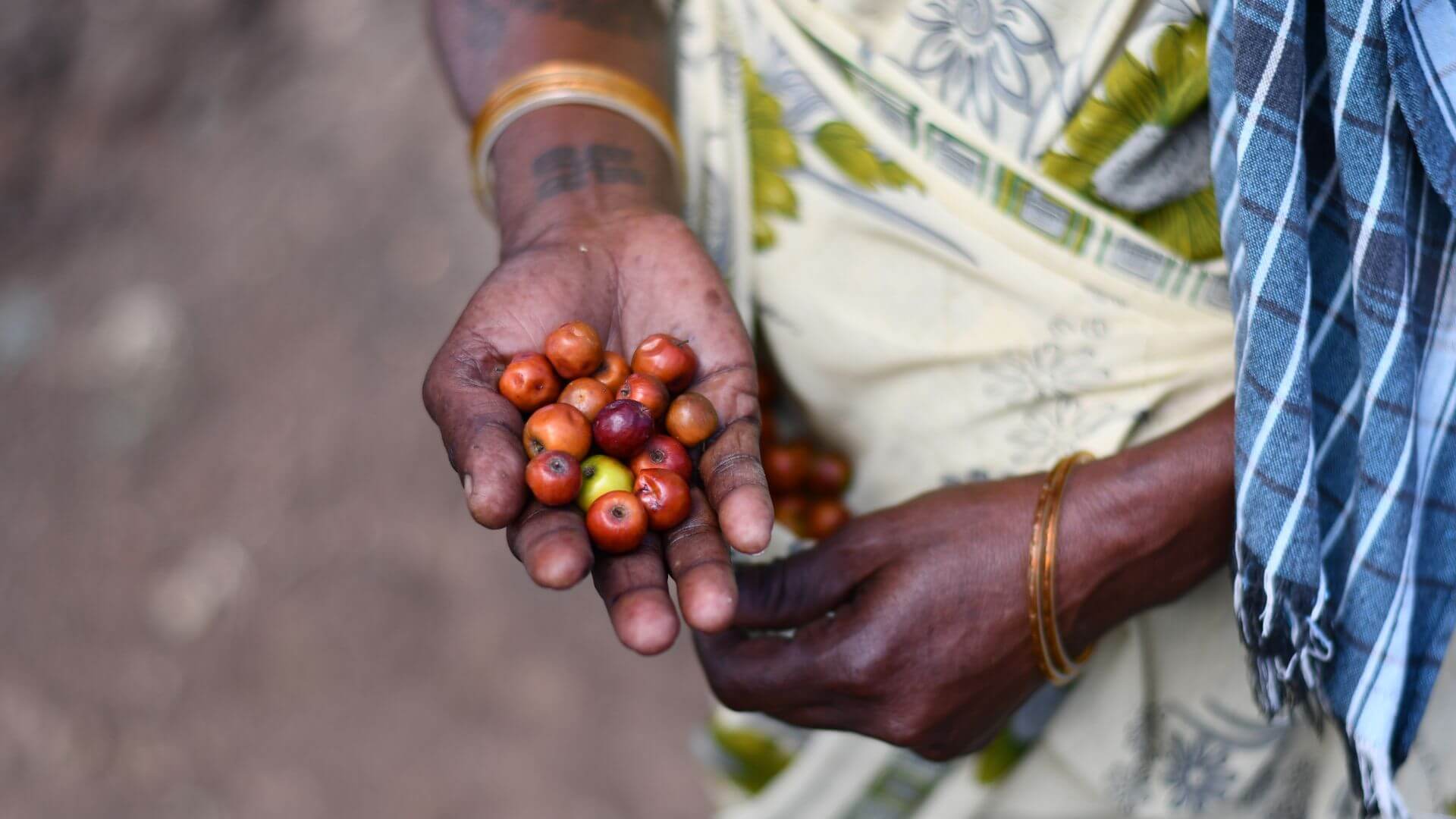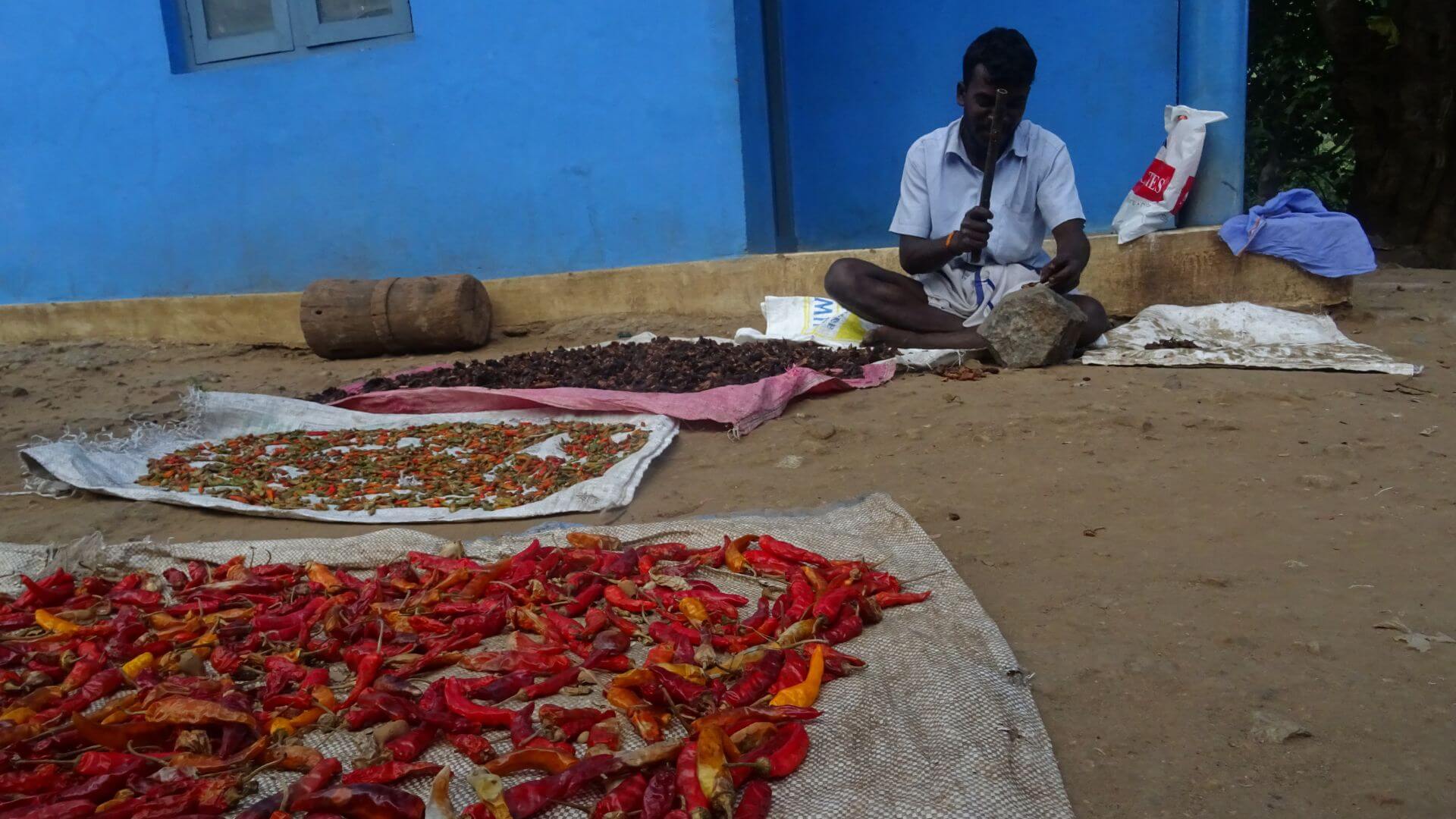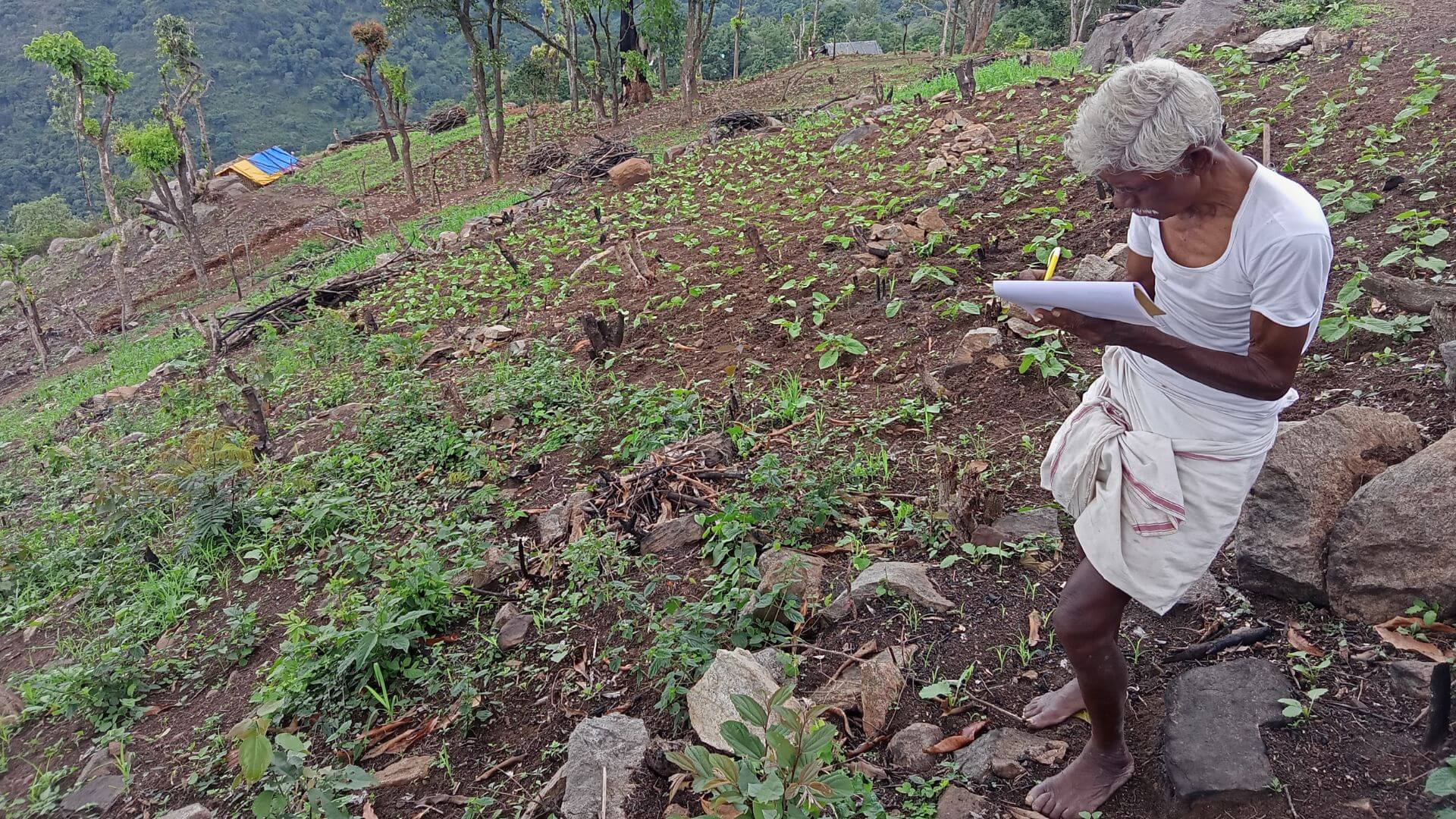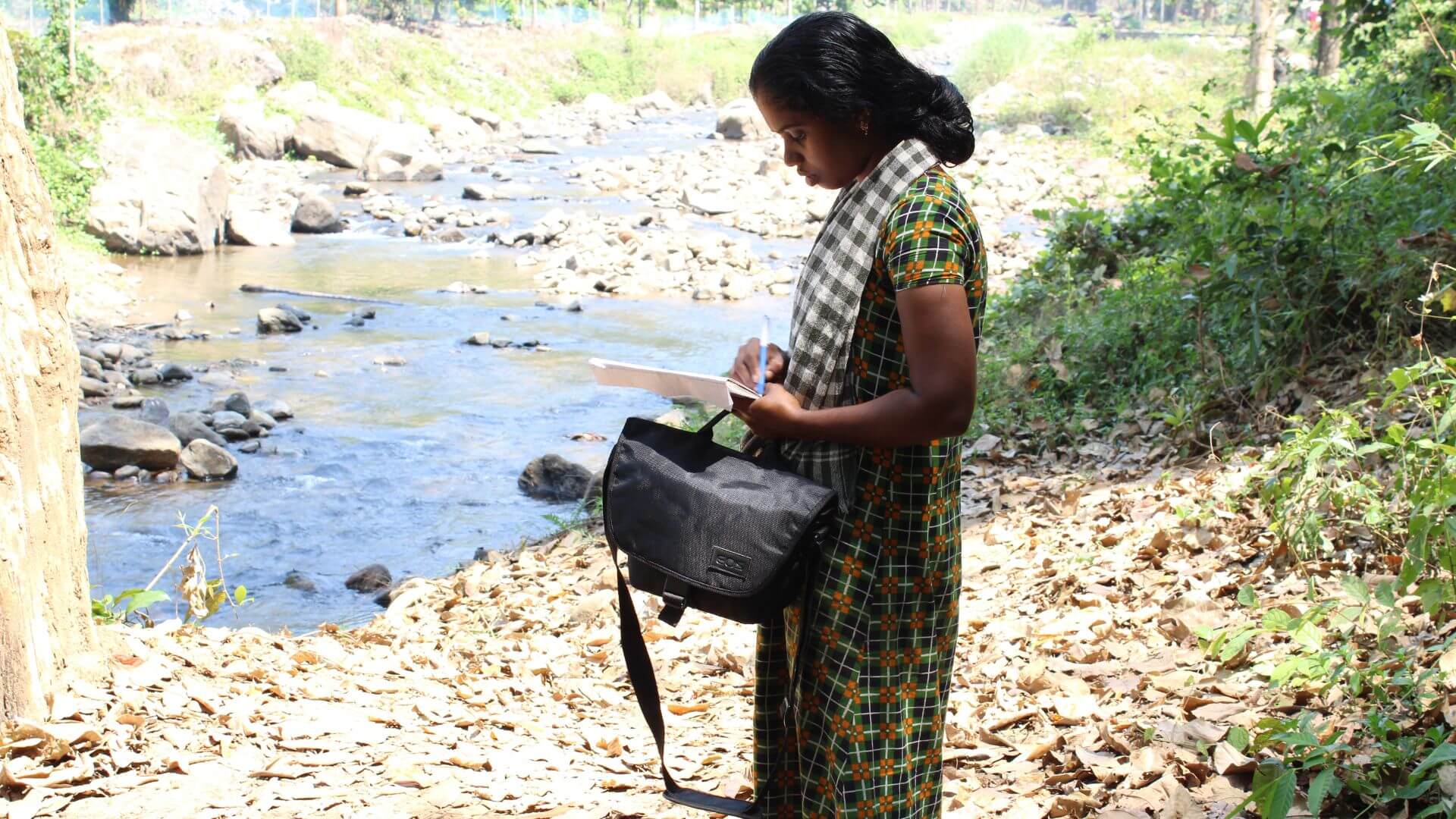Traditional livelihoods and environmental stewardship contribute to conservation efforts in the Nilgiris mountains of southern India.
In the 1980s, large area of the Western Ghats was set aside as the Nilgiris Biosphere Reserve to recognize the immense biodiversity of the region and protect the large number of vulnerable species that call the area home. The reserve is also the native land of 30 distinct indigenous groups and local communities with their own languages and cultural practices. These communities have livelihoods and traditions that have been interconnected with the Nilgiris Biosphere for centuries. Eco-development non-profit Keystone Foundation has been working with native communities to bolster traditional livelihoods, facilitate indigenous environmental stewardship and conserve the biodiversity hotspot that is the Nilgiris.


